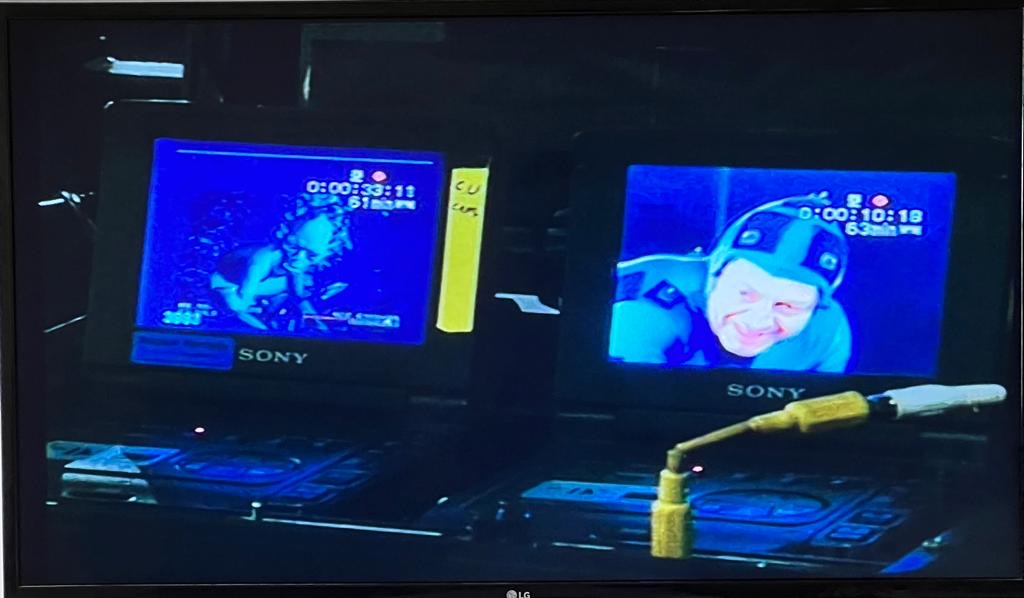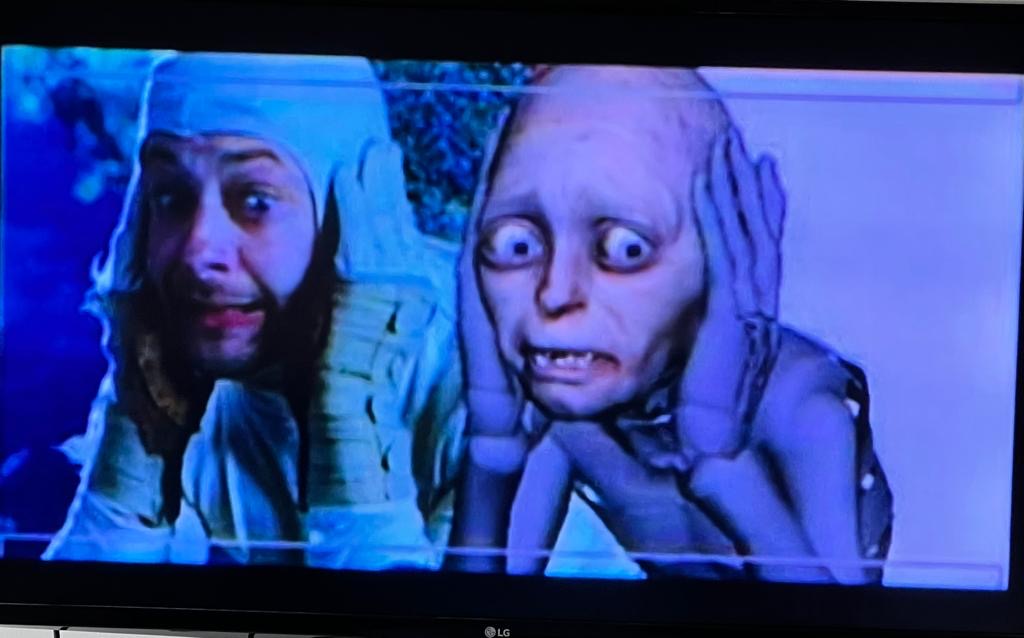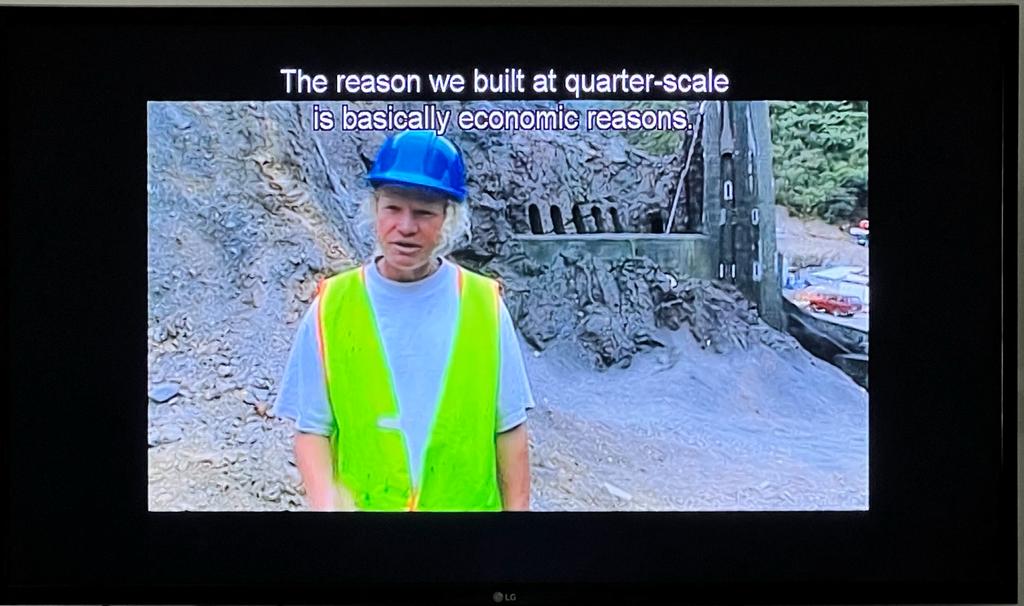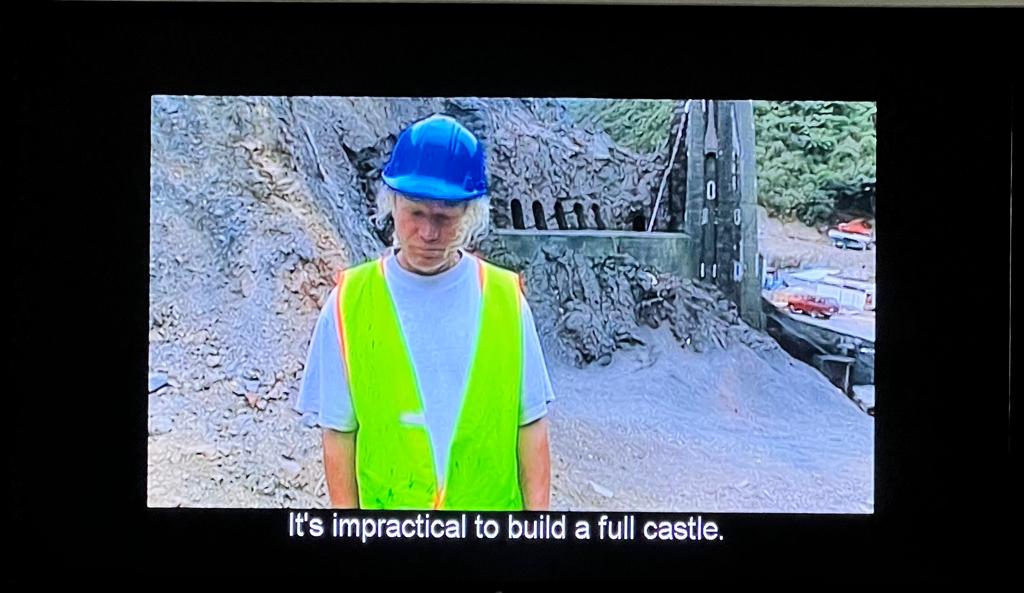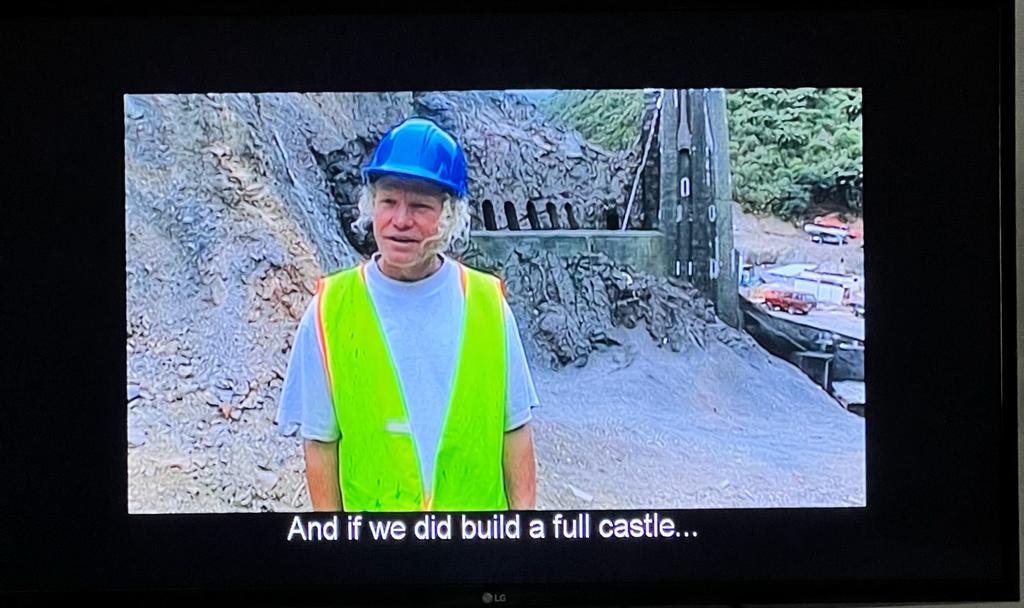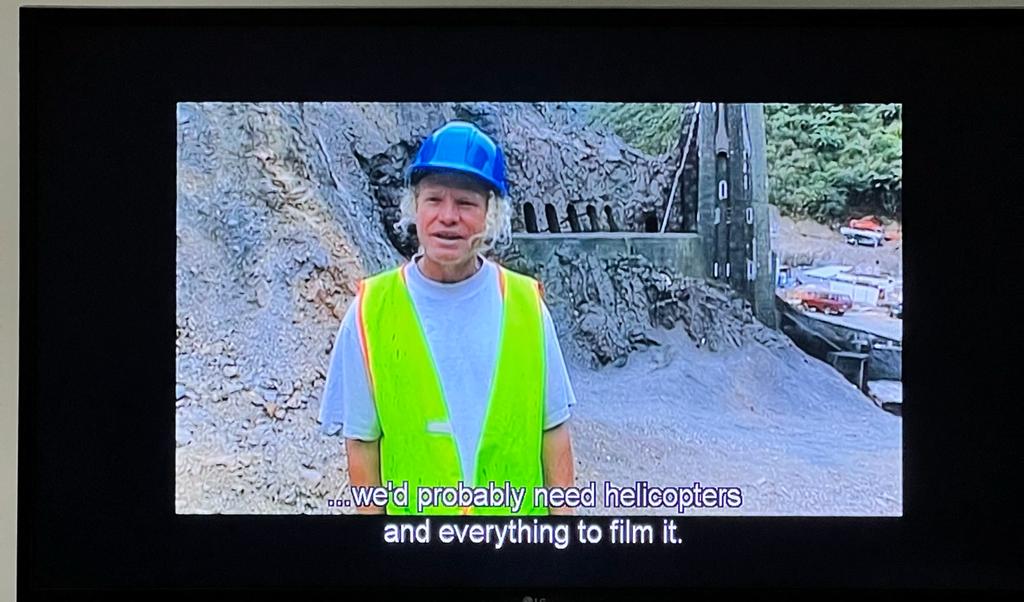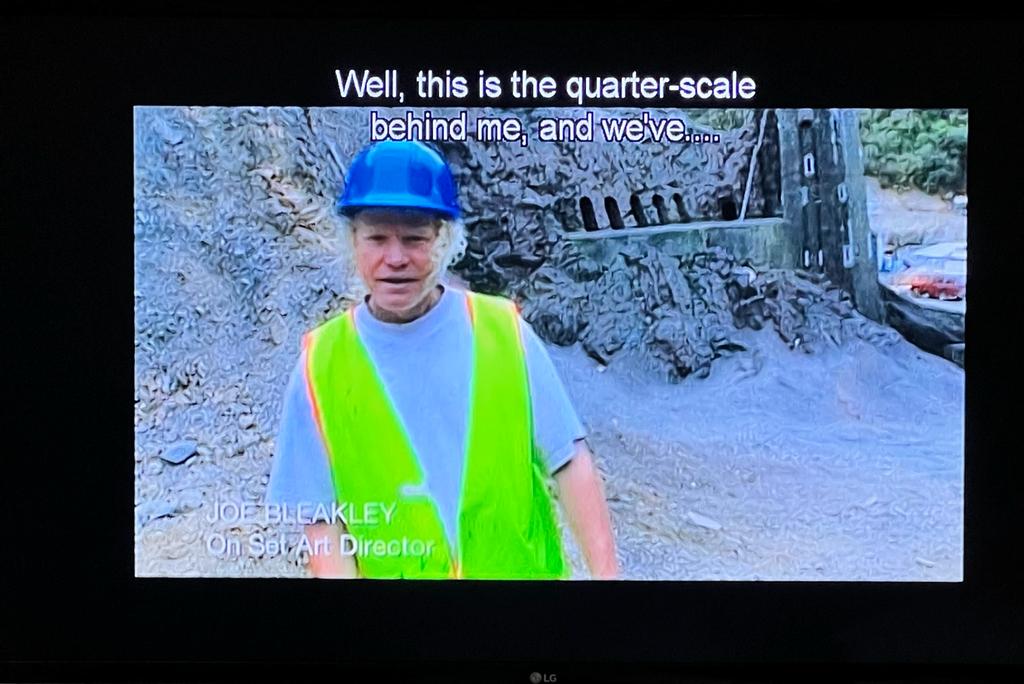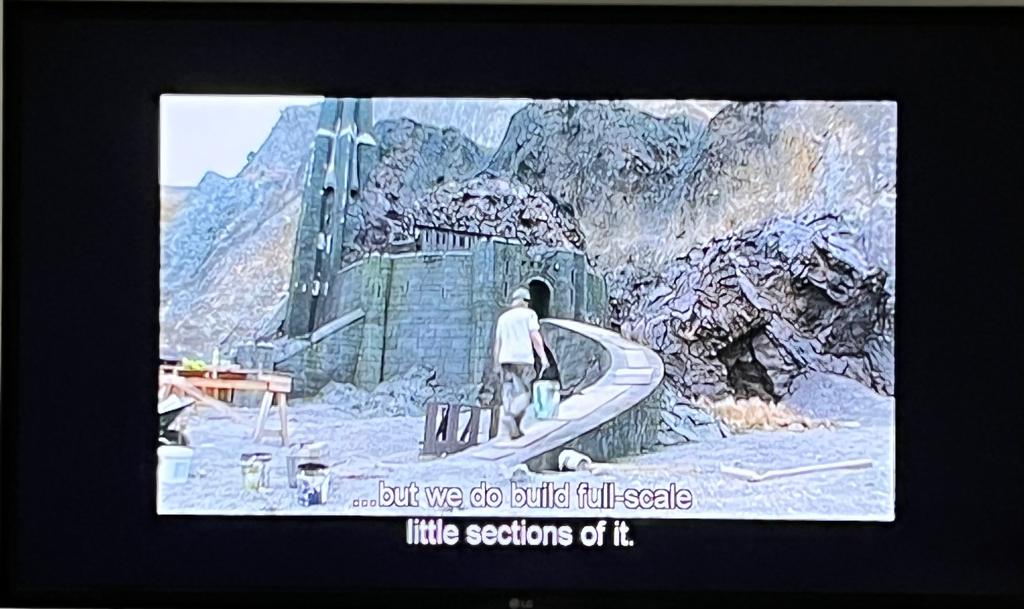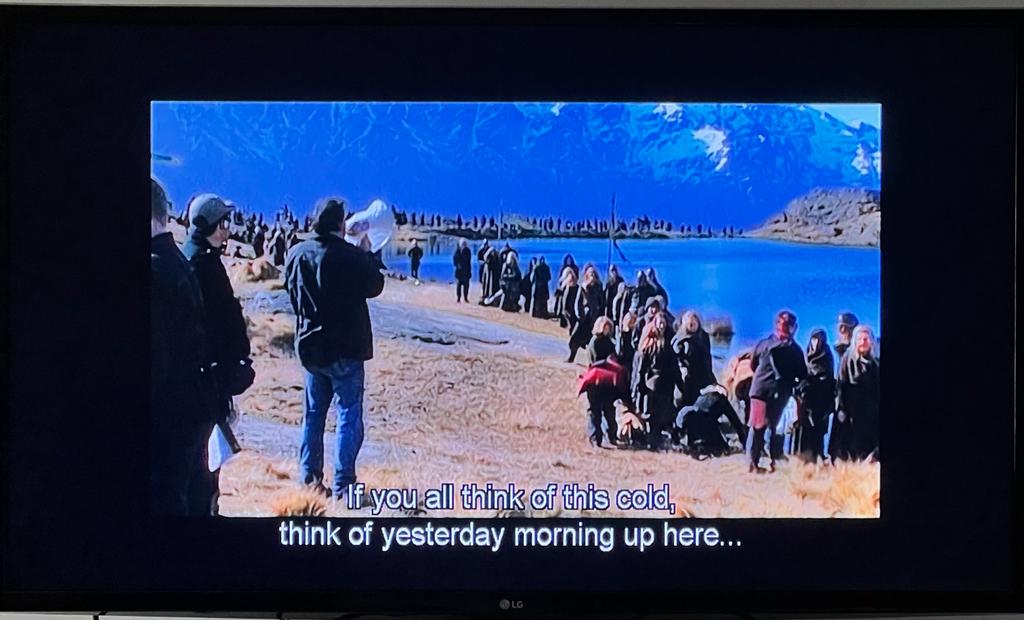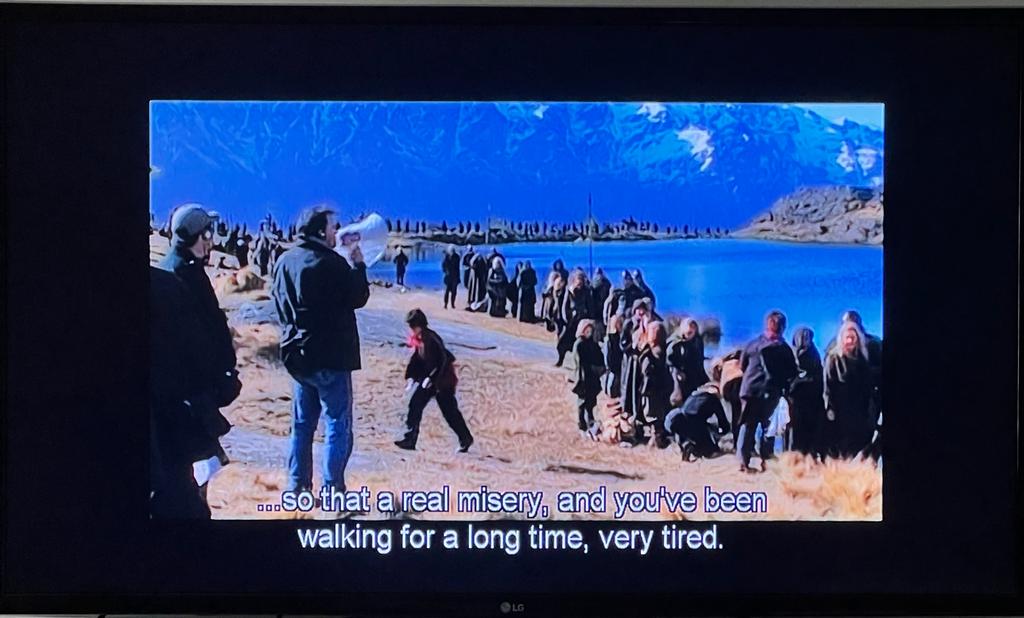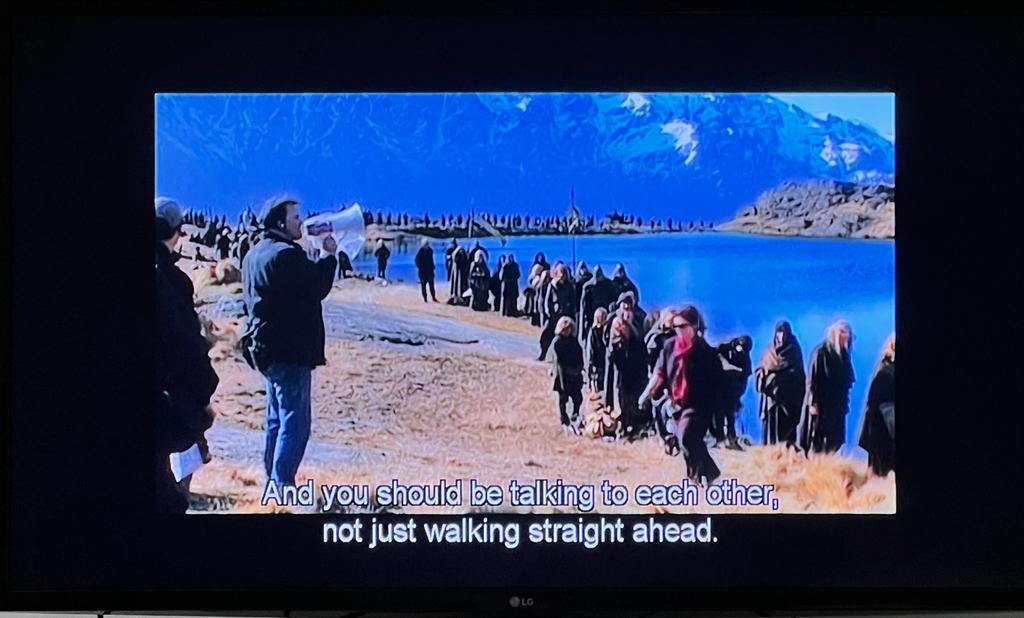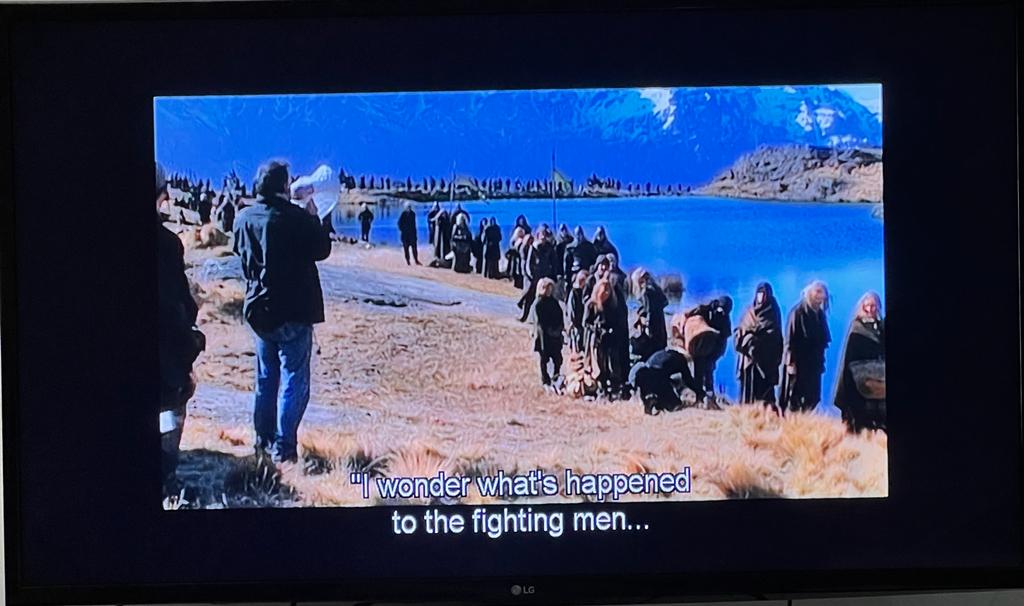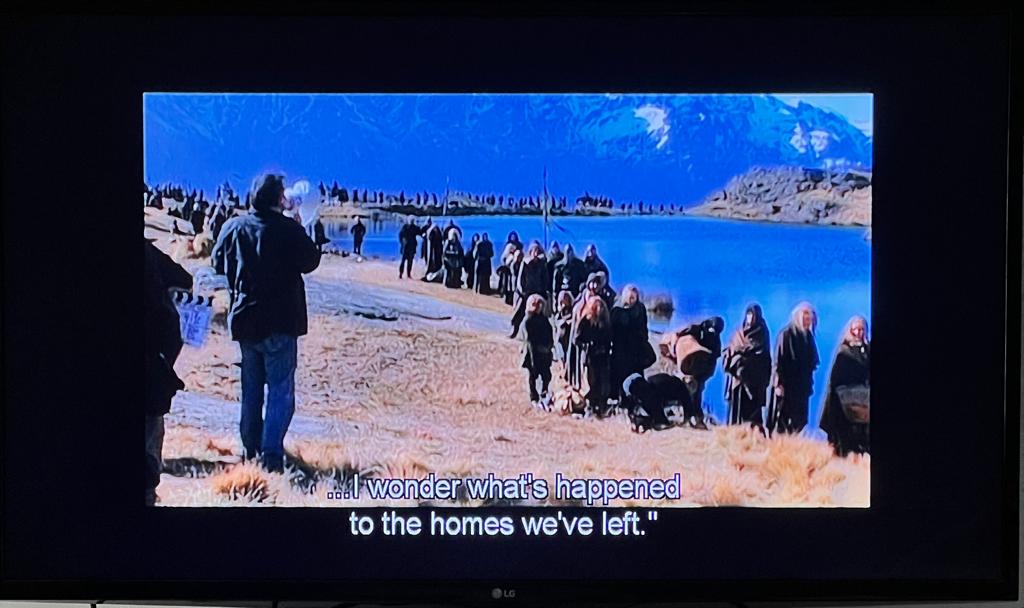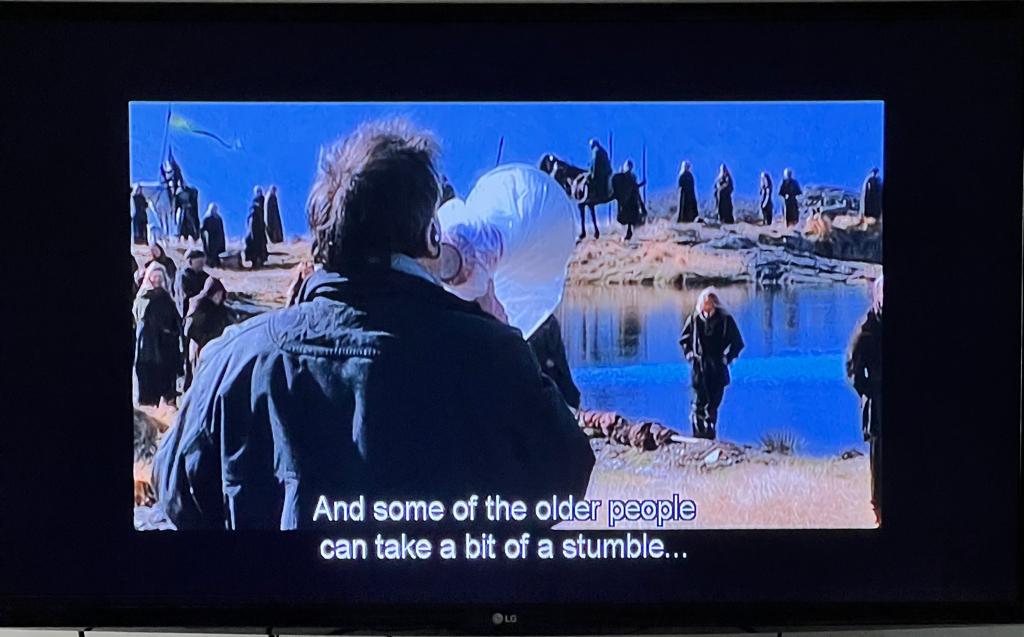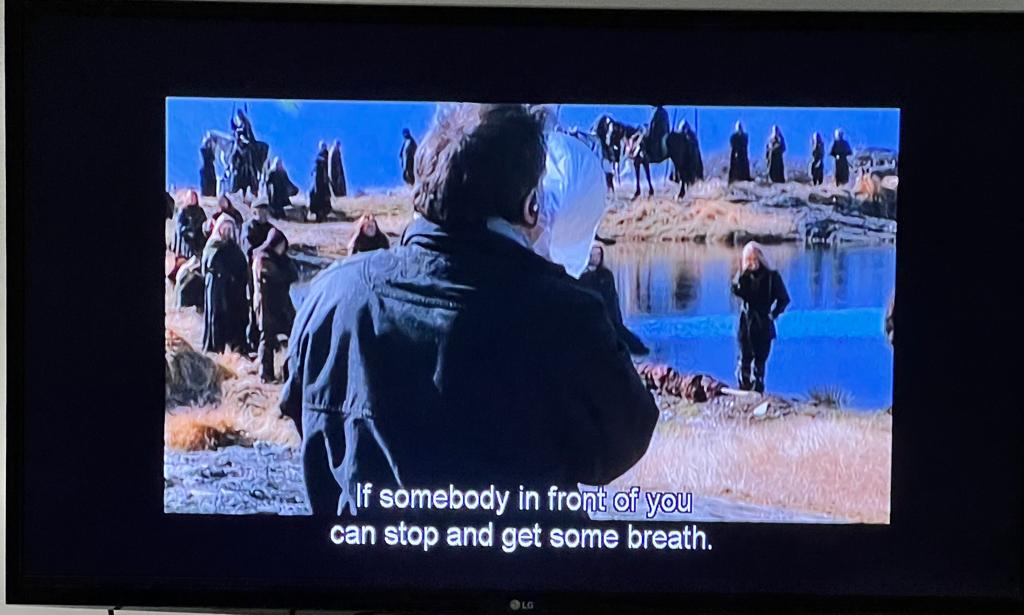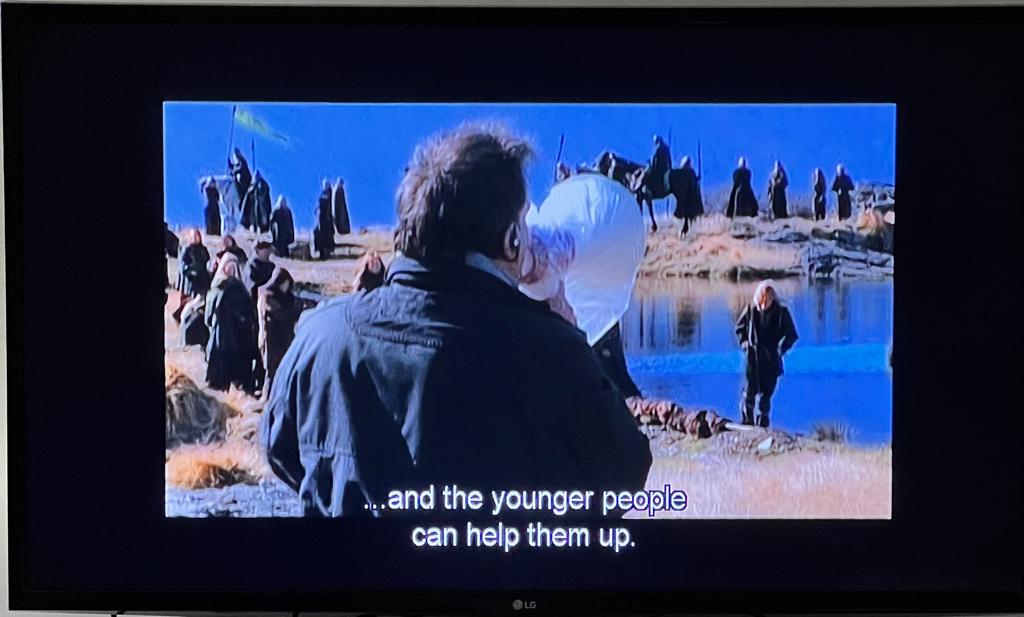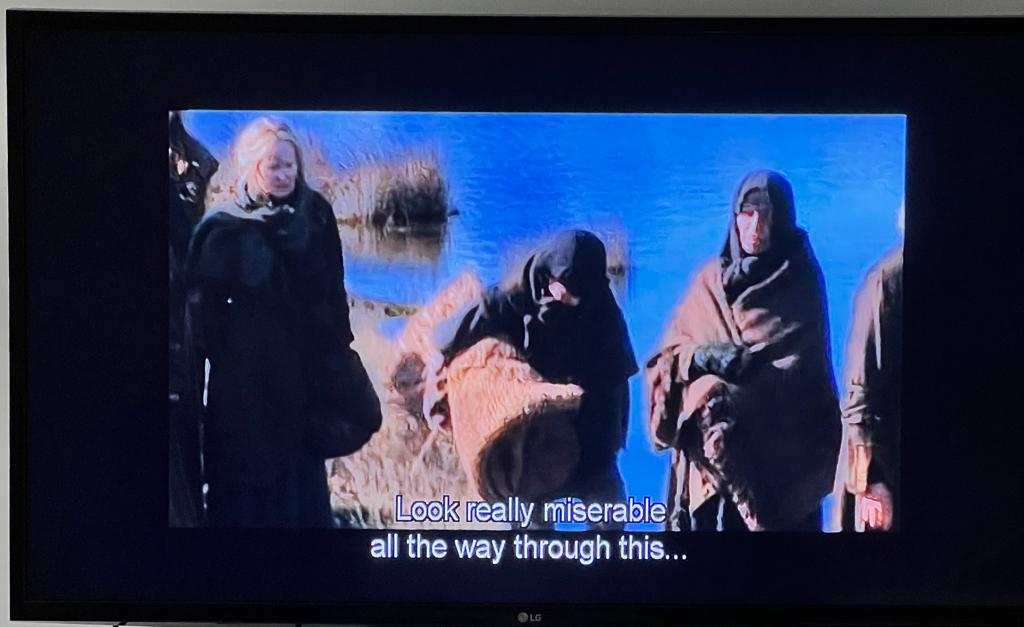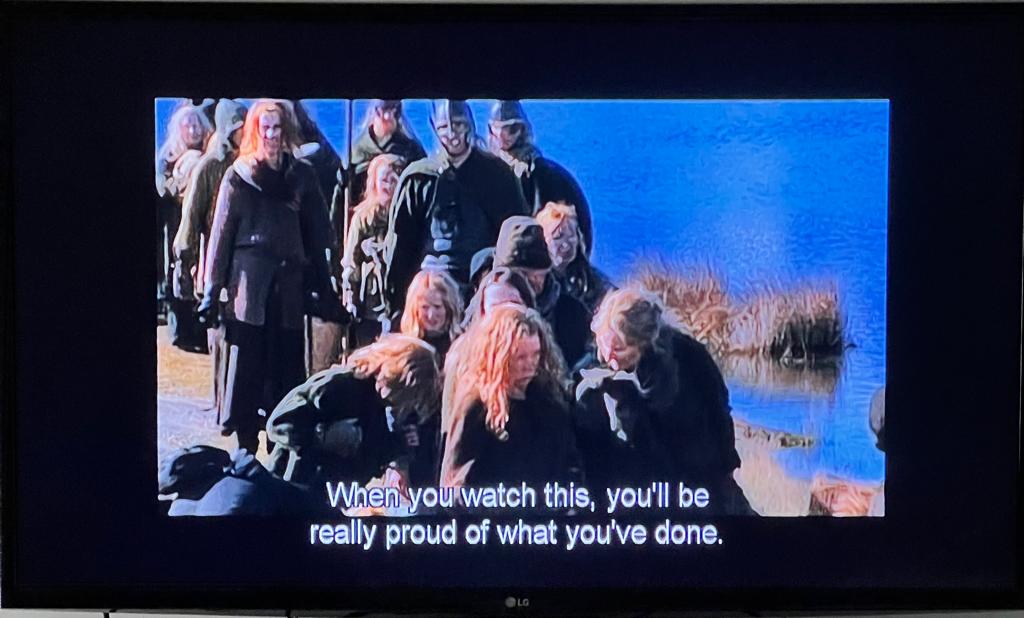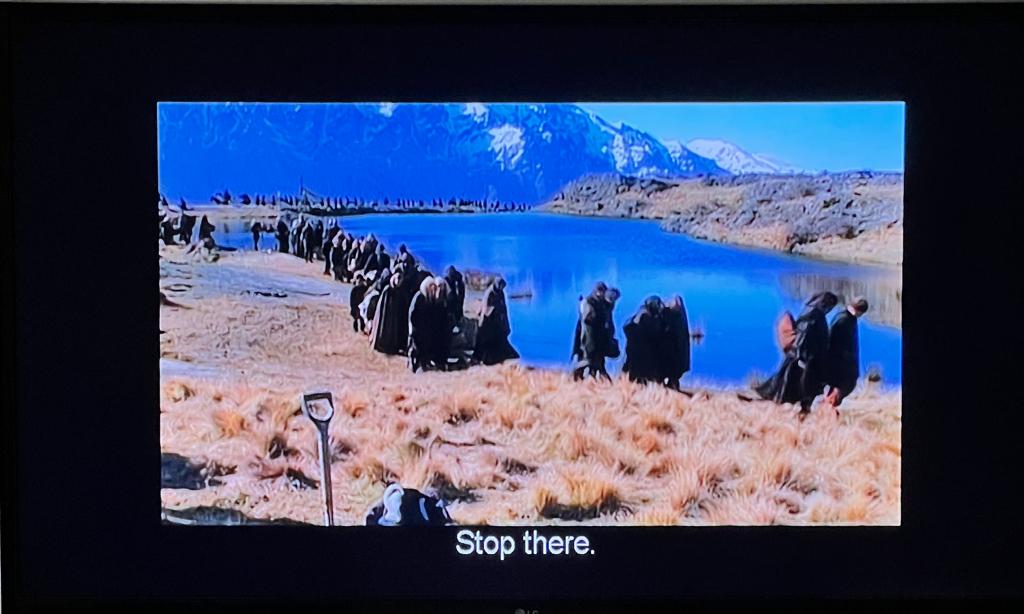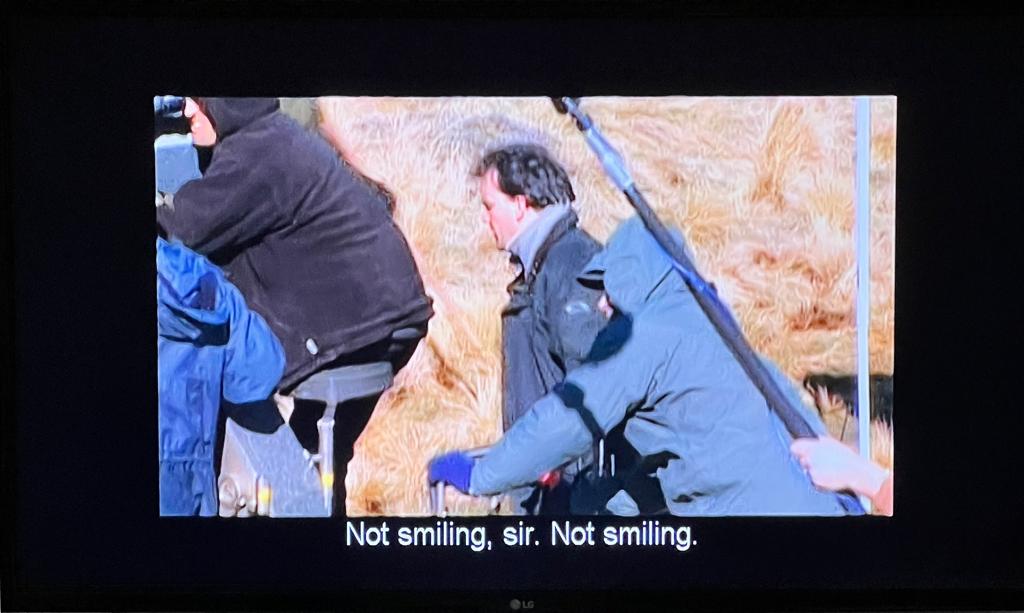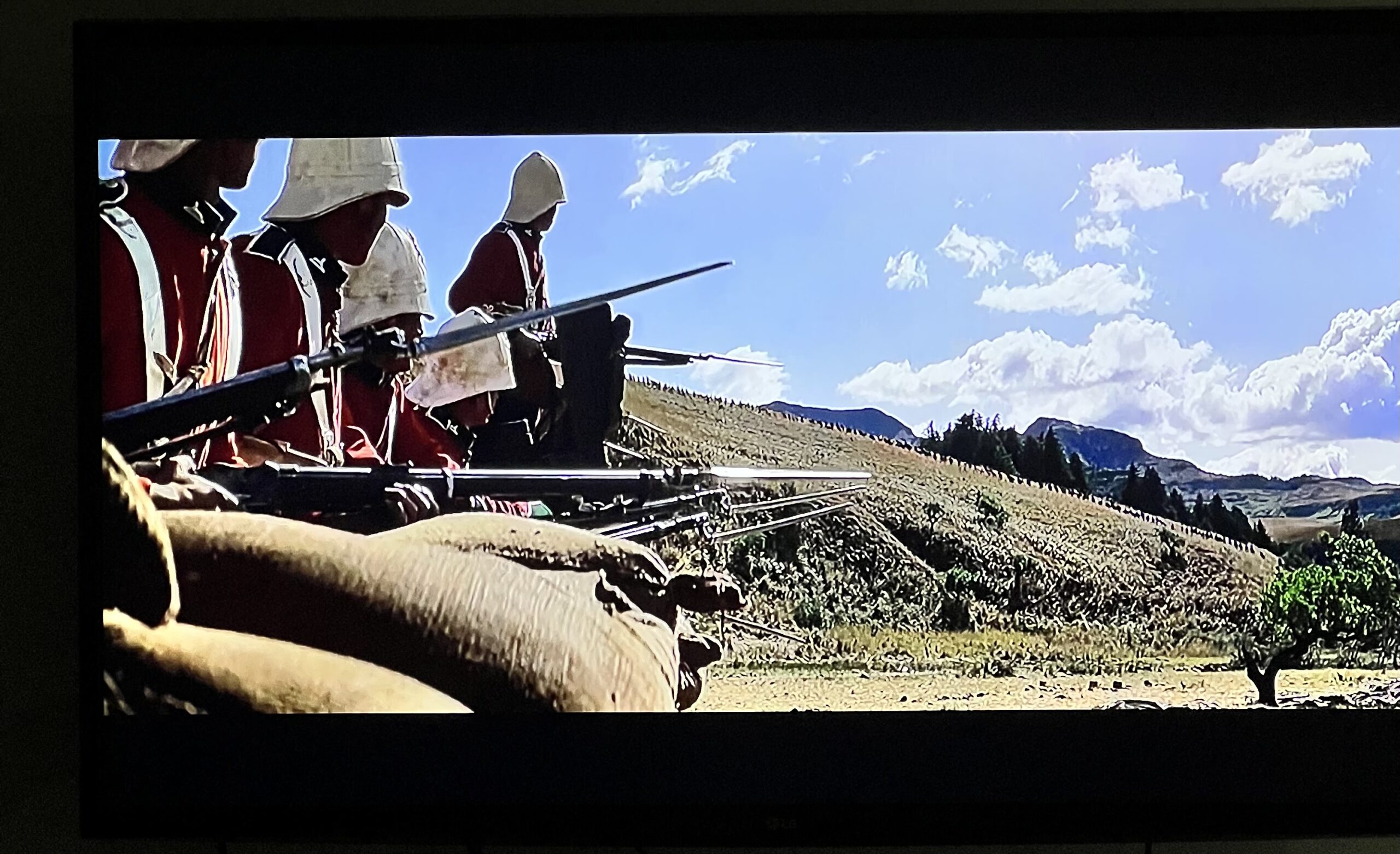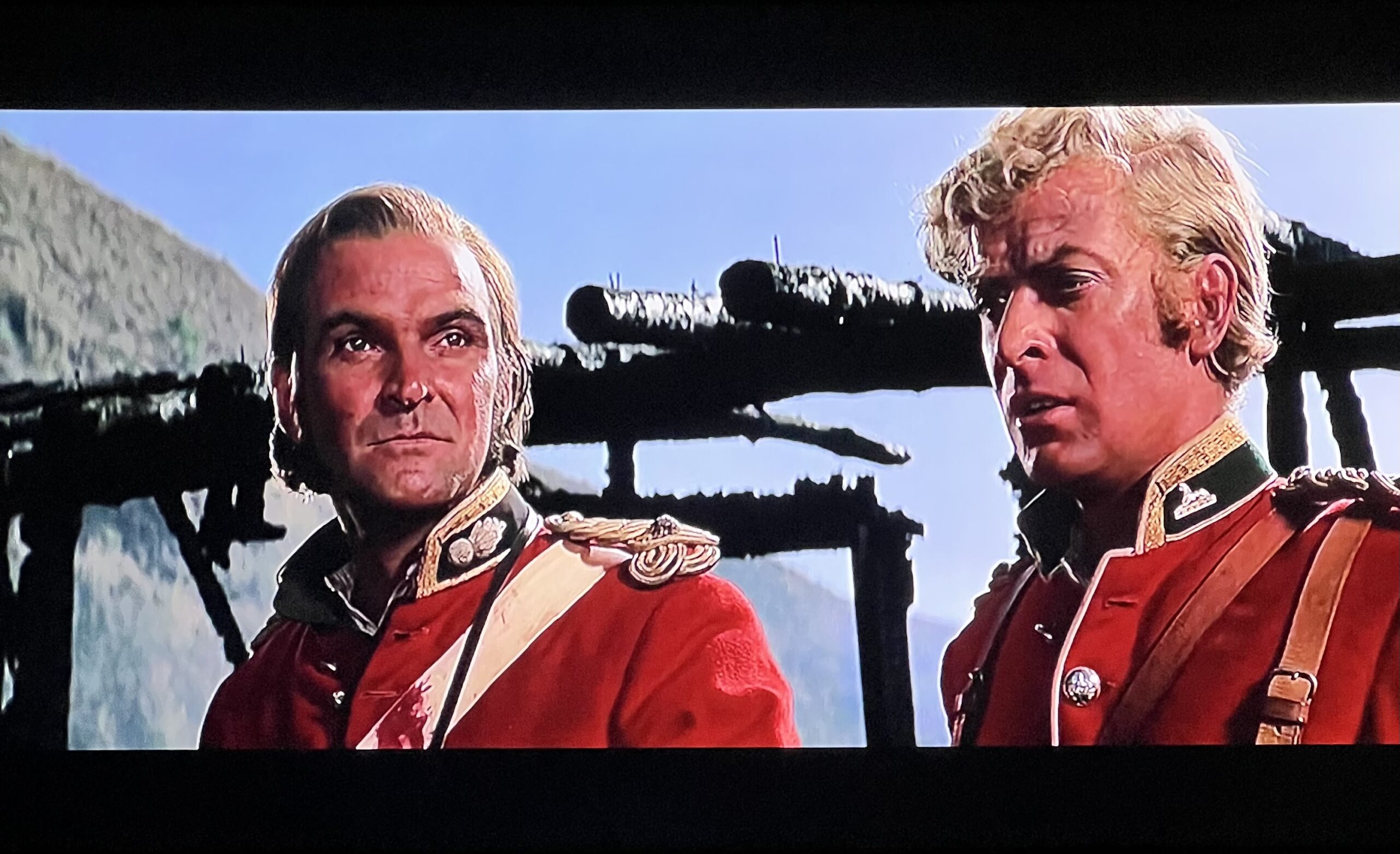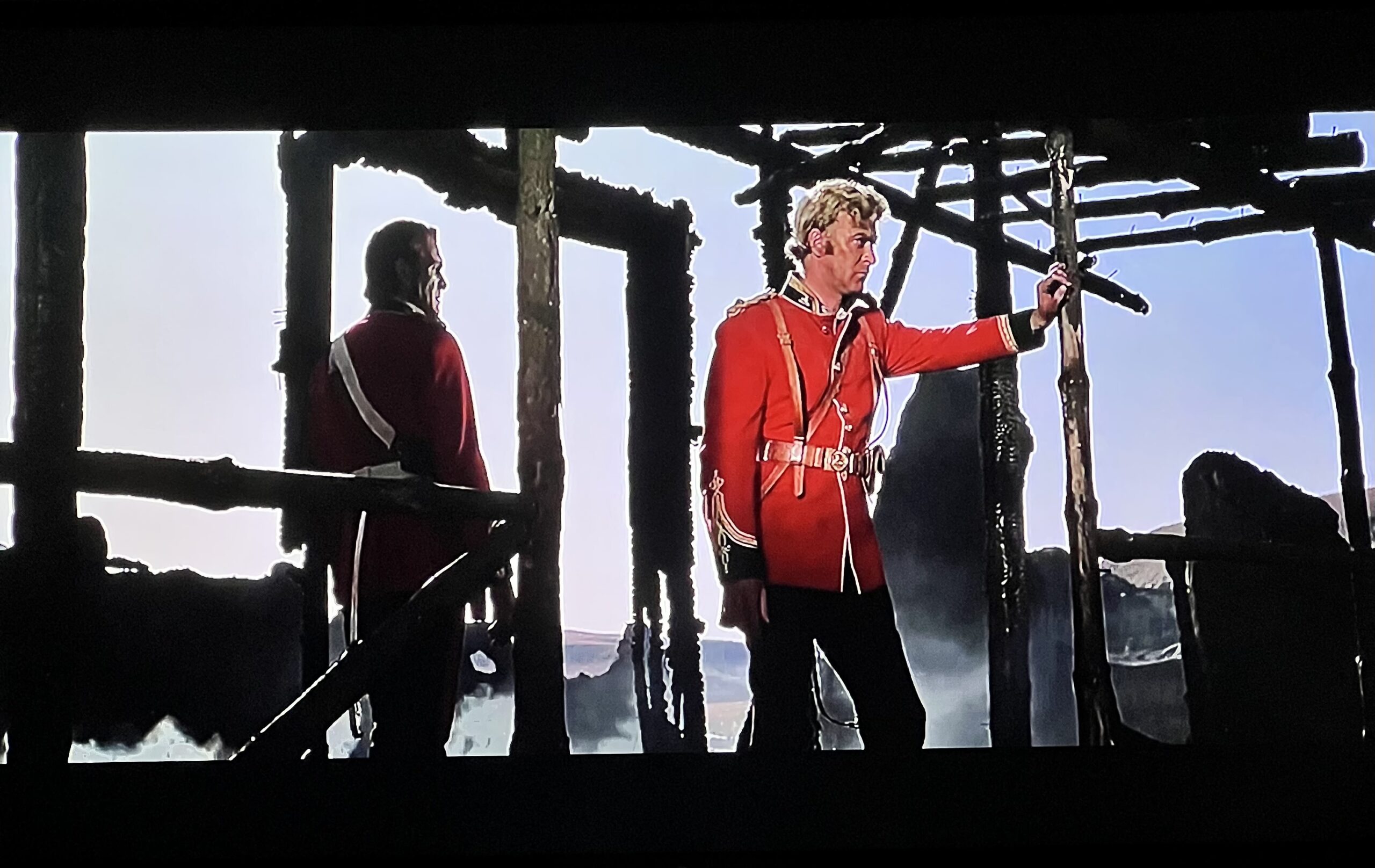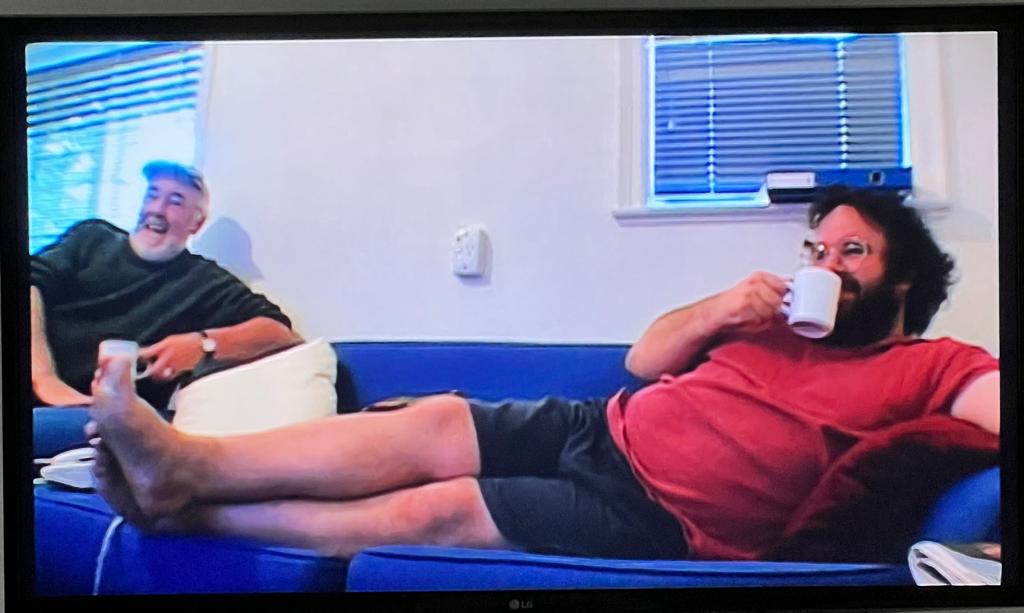
Peter Jackson pulls off a rare feat with ‘The Two Towers’. He manages to not only meet the expectations of the audience for the sequel but also exceed them. No wonder the making features included in the Blu-ray/DVD collection packs a punch. With several hours of footage devoted to all aspects of the making of this marvellous film, it is a treat to LOTR fans and movie buffs.
Here are a few interesting titbits from the included DVDs.
- Andy Serkis actually came in, to audition, as a voice over artist for Gollum and during the process of enacting for the same, impressed the team so much that he was hired to ‘play’ the role as well. As Andy Serkis found out later, and comments funnily about, that day in and day out he put in so much of his performance, yet he was not sure how it would come out in the end.
- Unlike any other actor, who would know immediately from the rushes, he had to wait a long time to see the final output.
- The rushes told only a fraction of the story. The actors with him had to do the same sequence twice, first with him and second without him.
- Further, Andy Serkis had to do sort of things during the motion capture process, which enabled the effects team to recreate the Gollum character’s movements on the computer.
- In the end, Andy Serkis’s avatar showed up on the big screen and the making features show us how much of his self was in it. Ironically, it is all him, yet not him. Precious, indeed!
- The capital of Rohan, Edoras, took about 8 months to build. Later,Peter Jackson said funnily, that he had to complete his shooting schedule in 8 days. One of the great sets ever built in an inclement location; it speaks volumes of the dedicated crew.
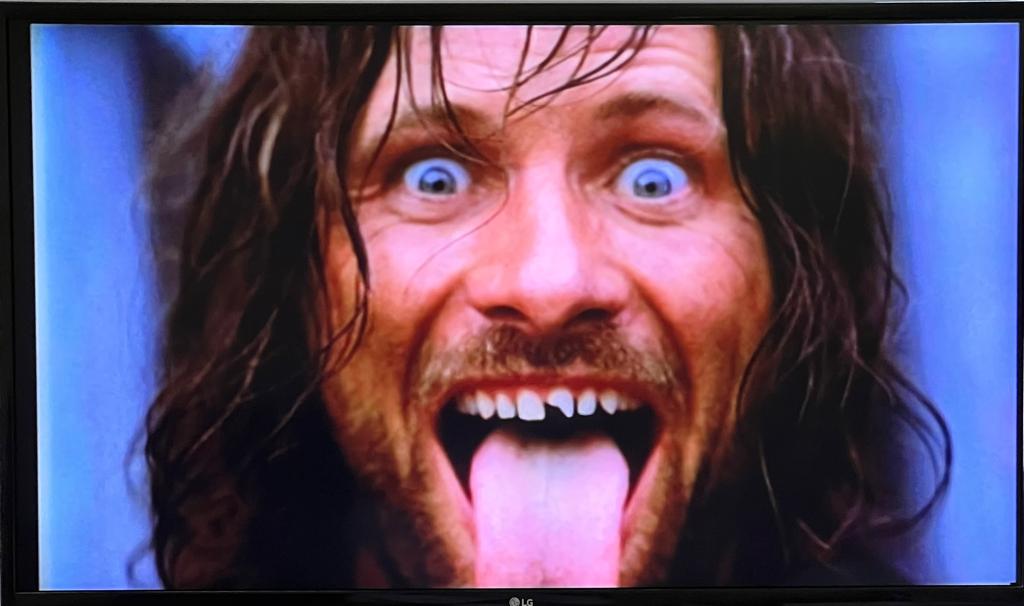
- Many of the lead actors were injured during the shoot, especially Viggo Mortensen, who gave in everything for the part, including a part of his tooth.
- The Treebeard and Fangorn, are an excellent example of animatronics, physical sets and CGI. The voice over was given by John Rhys-Davies who also played Gimli. The sound design team had to create a special wood tunnel that reverberates, to create the final effect of the voice for Treebeard.
- Helm’s deep conception and execution, is a movie engineering marvel. The team built multiple blocks of the set (to enable cameras to shoot, which would have been difficult in any actual castle) and in different scales (to enable various shots, for example a small size was used for wide shots and bigger ones were used to film the action with characters), and used it to good effect. The battle scenes were shot over three months and mostly during the nights. The stunt crew pulled off an excruciating job. The crew mostly New Zealand was enthused and motivated by the fact that a film of such size was first shot in their own country. The visual effects team used a special AI driven algorithm to create a realistic army of thousands, and gave them something individualistic to do. Overall, the episode Helm’s deep, is a great combination capable stunt crew, dedicated extras and a terrific CGI.
- It is heartening to see everyone in the crew empowered to act, in line with the overall vision. A set art director explaining how they went about the job is a treat to watch, where he describes how they created the Helms deep set, and always thought of economics and efficiency. He also mentions that the team was mulling over, if there were a better way to execute, much after the job’s completion.(Excellent Management advice)
- Isengard flooding and the related work is an interesting watch, and the overall combination of physical and computer imagery is seamless.
- Most of the horse riders were actually women, dressed up as men.
- Second unit (or Third unit) Director talking to extras who portray the villagers of Westfold, offers a great management advice as to how to get the job done, with kind words. His skills in management and leadership come to the fore, as he believed that each scene is important and for that scene, all of them were heroes and treated them with respect.
- Peter Jackson’s stamp as a manager and leader is evident in most of the places, where he calmly yet decisively, gives his inputs and gets the job done. His creative child like instincts, bothering only occasionally, like his playing the drum in a full Howard Shore’s orchestra 🙂
Related Links


